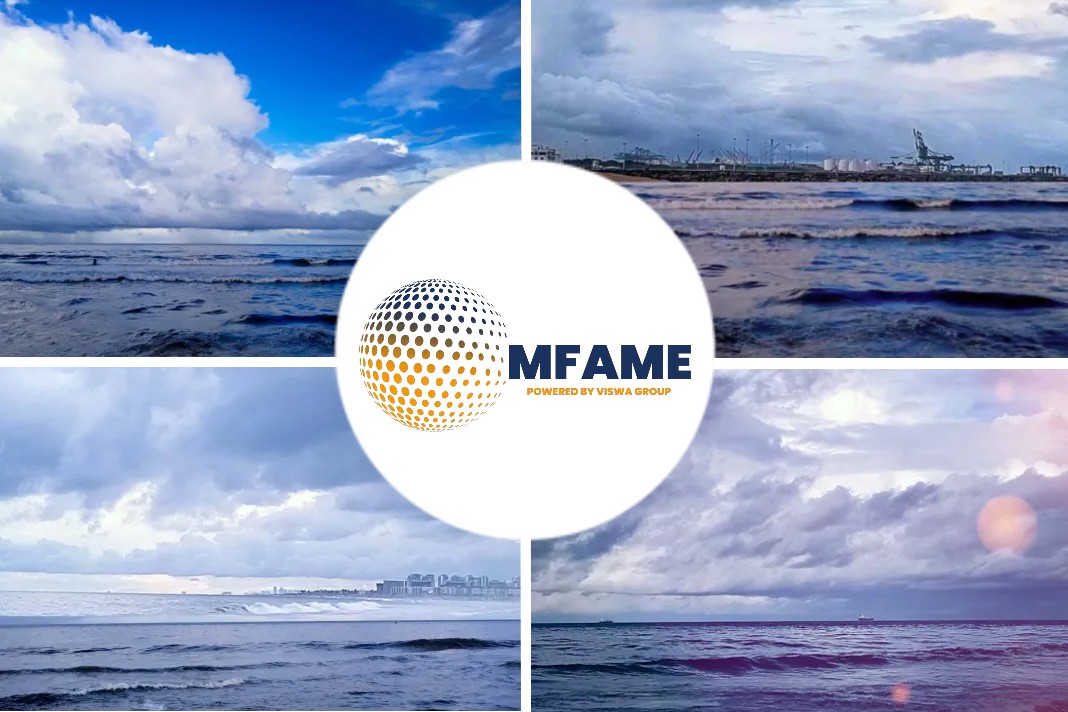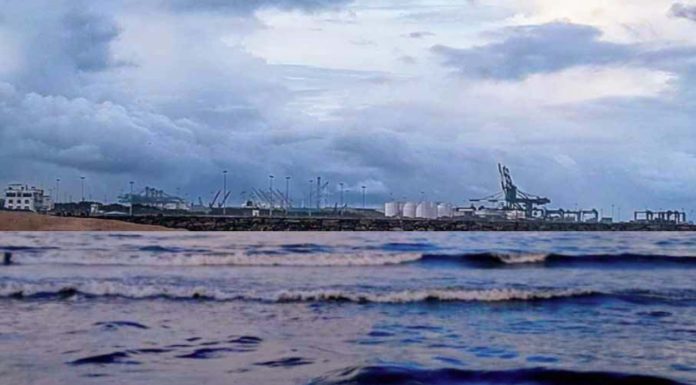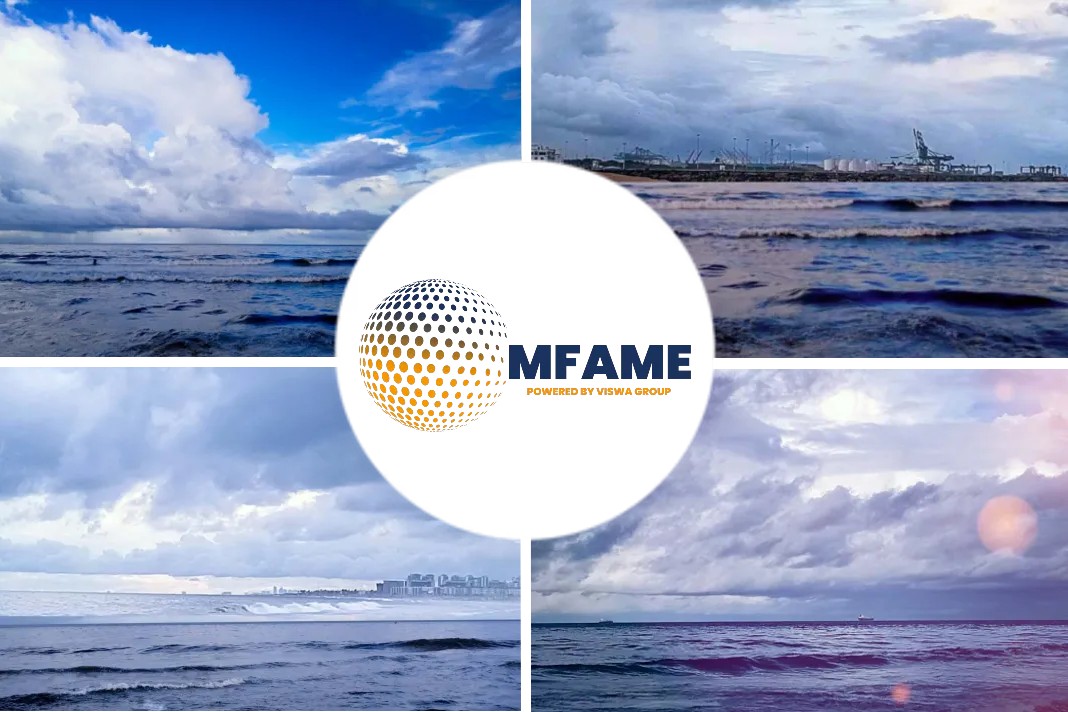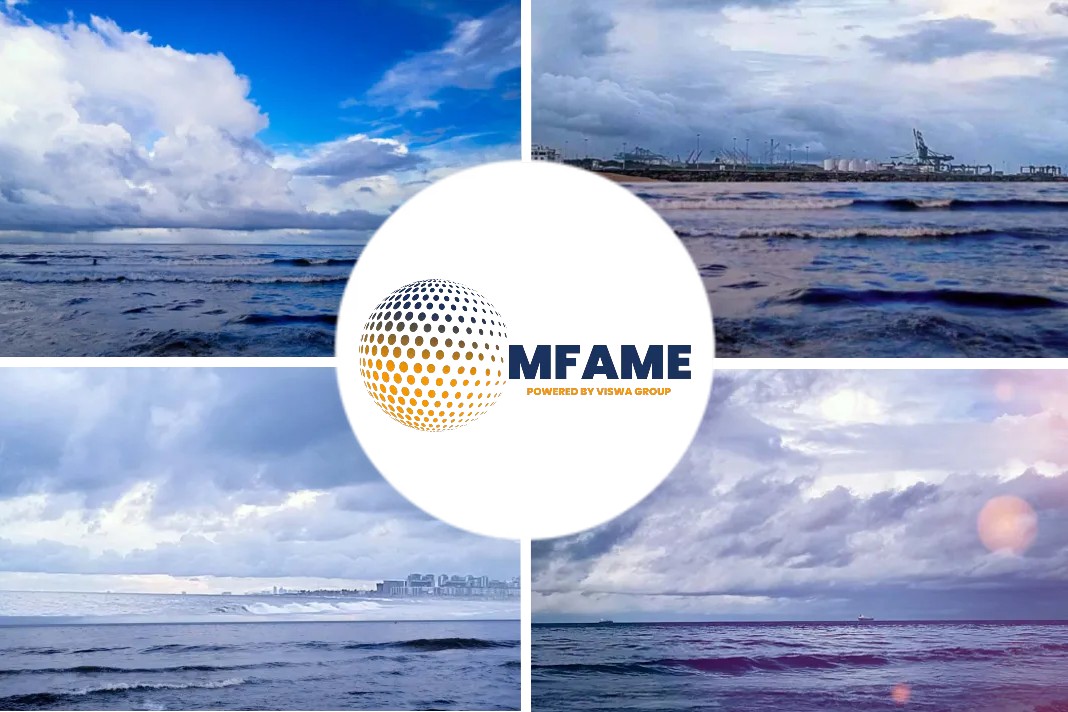- FFA market goes ‘back to its routes’ with the launch of cleared futures contract enabling users to hedge booming Brazil-China grains trade.
- New route offers shipowners and grains market players on the key Brazil-China soyabeans route a complementary method to the existing Panamax P2A route.
- Current pricing of $32.042/tonne FIS estimates that each P8 trip carries approximately $2m of unhedged freight risk.
- The market for seaborne transport of soyabeans is approximately 150m tonnes per annum, with 95m tonnes exported to China in 2018, 80% of which originate from Brazil.
- Panamax FFA trading has followed the upward trend – having shown volume growth of 48% in year to date 2019.
A new Brazil-China dry cargo route for grain trade goes live as the forward freight agreement (FFA) market traces back to its route, reports Freight Investor Services.
A complementary route
FIS, the global leader in freight and commodity derivatives, has helped usher in a new era in dry bulk futures trading with the launch of the Baltic Exchange Panamax P8 grains route.
The new route offers shipowners and grains market players on the key Brazil-China soyabeans route a complementary method of hedging to the existing Panamax P2A route.
At current pricing of $32.042/tonne FIS estimates that each P8 trip carries approximately $2m of unhedged freight risk with around 38% of this associated to the cost of fuel oil.
Baltic new route listing
The modern FFA market traces its roots to 1985 and the BIFFEX Index, of which US Gulf-Japan Route 2 grain routes formed an important part, hedging approximately 15mt of physical corn business annually.
“Grain routes are where it all began for many of us in the FFA market and it’s great to be at the forefront of a new phase of liquidity in dry FFAs and see a new trading opportunity come to fruition,” says FIS Founder John Banaszkiewicz.
“This is a cause we have fought for over many months, encouraging the Baltic to list the new route and working with customers to raise awareness of the opportunity.”
The trial period
The market for seaborne transport of soyabeans is approximately 150m tonnes per annum, with 95m tonnes of this thought to have been exported to China in 2018, 80% of which originate from Brazil.
FIS has been providing forward curves during the new route’s trial period and will continue to contribute curve and settlement price data.
“Uncertainty in the global economy and particularly the impact of the US-China trade war makes the ability to hedge freight and fuel risk on this booming route more important than ever,” adds John B.
The perfect P8 route timing
“With demand for soyabeans highly resilient in China and fuel prices set to rise from next year, the timing is perfect for P8. We believe this new route could act as a driver to encouraging greater Asian participation in FFA markets, particularly soyabean receivers.”
While the first two months of 2019 saw a dramatic fall in dry bulk freight rates, the resulting volatility acted as a huge spur to FFA volumes, attracting new players to the market. Panamax FFA trading has followed the upward trend – having shown volume growth of 48% in year to date 2019.
Clearing will initially be offered by NFX to the attached specification. FIS clients wishing to trade the new P8 route are to contact their General Clearing Member to ensure they list the route.
The Baltic’s P7 (US Gulf-China) route continues on a trial basis, with FIS continuing to provide forward curve and settlement price data.
Did you subscribe for our daily newsletter?
It’s Free! Click here to Subscribe!
Source: FIS





















